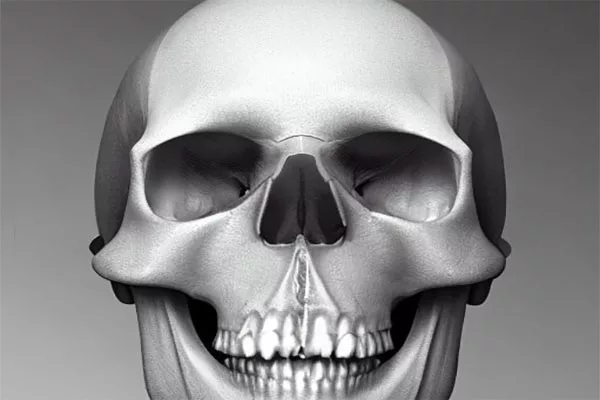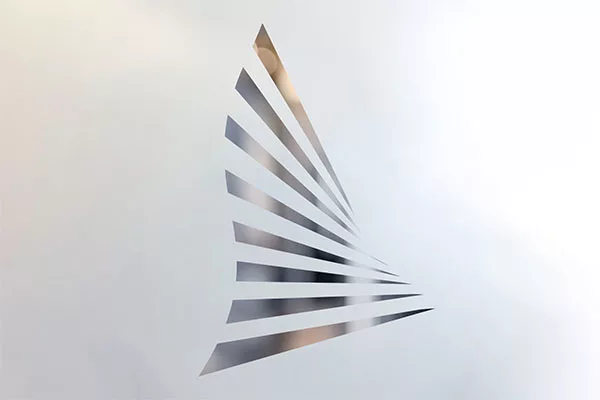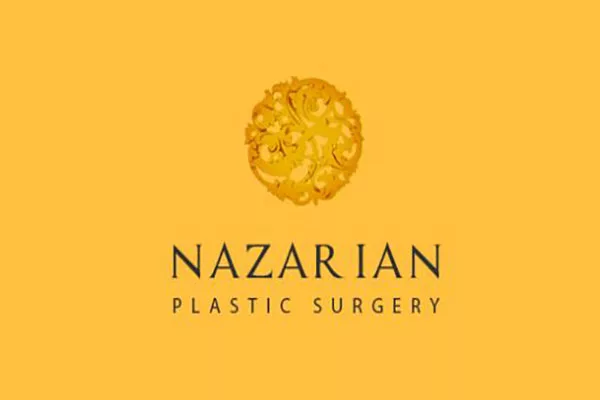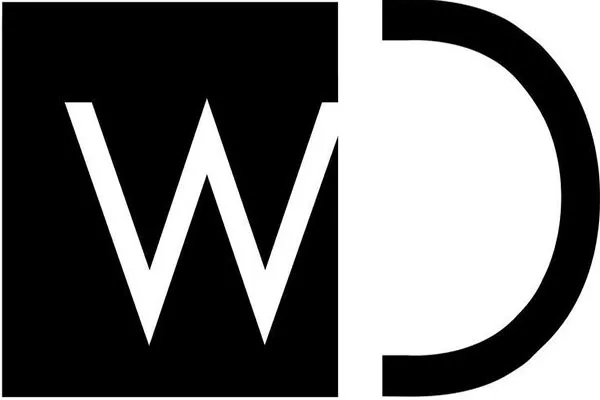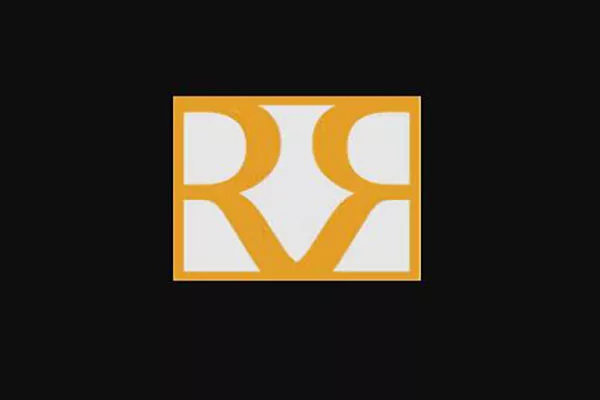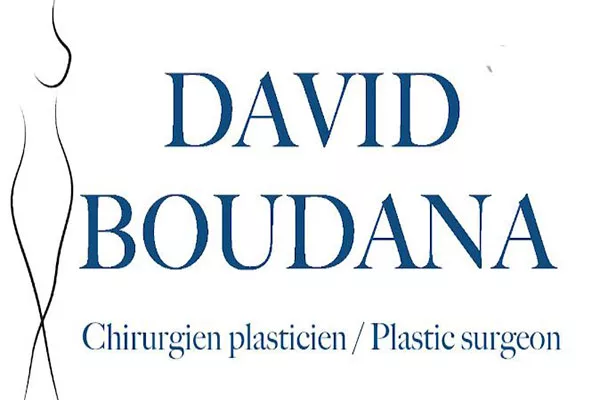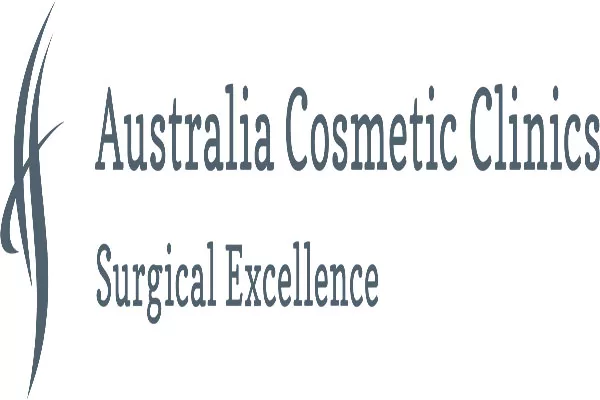As a human being, it is not uncommon to face dissatisfaction or discomfort with our facial features. Fortunately, advancements in science and technology have led to various options for facial surgery to alter our appearance. One such option is skull bone trimming, a surgical procedure that involves reshaping the skull’s bone structures to create a more aesthetically pleasing facial profile.
This article aims to provide an in-depth understanding of skull bone trimming by breaking down the process into smaller, more manageable parts. Let us delve into the topic further.
What is Skull Bone Trimming?
Skull bone trimming is a surgical procedure that aims to reshape the skull’s bone structures to create a more balanced facial profile. This procedure is also known as skull reshaping or skull contouring. It involves the removal of small portions of the skull’s bone to alter the facial features.
Skull bone trimming is usually done for cosmetic purposes, to alter the shape of the forehead, brow, cheekbones, or jawline. However, it can also be performed to correct deformities caused by congenital disabilities, injuries, or medical conditions such as craniosynostosis (premature fusing of the skull bones). The procedure is typically done under general anesthesia and requires a skilled surgeon with expertise in skull surgery.
Who is a Good Candidate for Skull Bone Trimming?
Skull bone trimming is not for everyone, and not everyone is a suitable candidate for the procedure. A good candidate for skull bone trimming should meet the following criteria:
- Good overall health: The patient should be in good overall health and free from chronic medical conditions that can affect the surgery’s outcome.
- Fully developed skull: The patient’s skull should be fully developed, usually around the age of 25.
- Realistic expectations: The patient should have realistic expectations of the procedure’s outcome.
- Stable mental health: The patient should have stable mental health and not have any underlying psychological disorders.
- Good bone density: The patient’s bone density should be good to ensure that there is enough bone to work with during the procedure.
- Facial asymmetry: The patient should have significant facial asymmetry that cannot be corrected through non-surgical methods.
It is important to note that the decision to undergo skull bone trimming should not be taken lightly. Patients should consult with a qualified surgeon and discuss their concerns and expectations before making any decisions.
The Skull Bone Trimming Procedure
Before the procedure, the surgeon will conduct a thorough consultation and evaluation to determine the patient’s suitability for the surgery. During the consultation, the surgeon will discuss the patient’s medical history, current medications, and any allergies.
On the day of the procedure, the patient is placed under general anesthesia. The surgeon then makes an incision in the scalp, and using surgical tools, removes small portions of the skull bone to reshape the bone structure to the desired shape.
Once the bone is trimmed to the desired shape, the surgeon secures the bone in place with surgical screws or plates. The incision is then closed with sutures or staples.
The procedure can take between two to six hours, depending on the extent of the bone trimming required. After the procedure, the patient is monitored for a few hours and released once the anesthesia wears off.
Recovery Process
The recovery process for skull bone trimming can vary from patient to patient. However, there are general guidelines that patients can follow to promote a successful recovery.
After the procedure, the patient will experience swelling and bruising around the surgical area. Pain medication may be prescribed to manage the discomfort during the first few days following the surgery. The patient is advised to rest and take it easy for the first few weeks.
The patient will need to keep their head elevated while lying down to reduce swelling, avoid strenuous activities or any movements that put pressure on the surgical area. Post-operation follow-up appointments will be scheduled to remove the sutures or staples, monitor the patient’s progress and provide further instructions on the recovery process.
Most patients can return to work and normal activities within two to four weeks after the procedure, depending on the extent of the surgery. However, it may take up to six months for the swelling to subside fully. During this period, patients are advised to avoid any contact sports or activities where head injury may occur.
Risks and Complications
As with any surgical procedure, there are risks and complications associated with skull bone trimming. Patients should be aware of these risks before making any decisions regarding the procedure. Some of these risks include:
- Excessive bleeding during or after the surgery
- Infection
- Damage to nearby structures like the eyes, ears, and nerves
- Unsatisfactory cosmetic results
- Death (in extremely rare cases)
It is essential to choose a qualified and experienced surgeon to reduce the risk of complications. The surgeon should be able to discuss the risks and provide a solution for any potential complications that may arise during or after the procedure.
Patients are advised to follow the surgeon’s instructions fully and attend post-operation follow-up appointments. Any signs of complications, such as swelling or infection, should be reported to the surgeon immediately. This can help to prevent further damage and increase the chances of a successful recovery.
Costs
The cost of skull bone trimming can vary widely depending on several factors, including the surgeon’s experience, geographic location, and the extent of the surgery required. Patients should expect to pay between $15,000 and $50,000 for the procedure.
It is important to note that skull bone trimming is considered a cosmetic procedure, so most insurance companies will not cover the cost of the surgery. Patients should consult with their surgeon or healthcare provider to determine the best payment plan options available.
Patients should also budget for any additional costs associated with the surgery, such as anesthesia, hospital or surgical center fees, post-operation medications, and follow-up appointments.
Alternatives to Skull Bone Trimming
Skull bone trimming is a surgical procedure that requires general anesthesia, a skilled surgeon, and a longer recovery period. It is not a suitable option for everyone. However, for those looking for alternatives to this procedure, there are several non-surgical options available, including:
- Botox injections: Botox injections can be used to reshape the jawline by relaxing the muscles that contribute to a square-shaped face.
- Dermal fillers: Dermal fillers can be used to create volume in areas of the face like the cheekbones or chin, creating a more balanced profile.
- Radiofrequency microneedling: Radiofrequency microneedling can stimulate collagen production to create a more youthful appearance in the face.
- Ultherapy: Ultherapy is a non-invasive procedure that uses ultrasound technology to lift and tone the skin around the face, chin, and neck.
While these non-surgical options are less invasive, they may not be as effective as skull bone trimming for significant bone structure changes. Patients should consult with a qualified surgeon and discuss their options to determine the best course of action for their desired outcome.
Consultation with a Qualified Surgeon
Consultation with a qualified surgeon is a crucial step in determining whether skull bone trimming is the right procedure for an individual. During the consultation, the surgeon will review the patient’s medical history, conduct a physical examination, evaluate the patient’s bone structure, and discuss the patient’s expectations and concerns.
The surgeon will explain the procedure in detail, including the risks, costs, and recovery process. The surgeon will also provide information on alternatives to skull bone trimming, as well as address any questions or concerns the patient may have.
Patients should choose a qualified and experienced surgeon who specializes in skull surgery to perform their procedure. The surgeon should be certified by a recognized board and have a good track record of successful surgeries. Patients should also refer to online reviews and testimonials to get a better idea of the surgeon’s reputation and success rate.
It is important for patients to have realistic expectations and be mentally prepared for the procedure. Patients should also follow the surgeon’s instructions fully to promote a successful outcome. By working closely with a qualified surgeon, patients can achieve the desired aesthetic results and improve their confidence and self-esteem.
Conclusion
Skull bone trimming is a specialized surgical procedure that involves reshaping the bone structures in the skull to create a more aesthetically pleasing facial profile. The procedure is typically done for cosmetic purposes, to alter the forehead, brow, cheekbones, or jawline. However, it can also be done to correct deformities caused by congenital disabilities, injuries, or medical conditions.
The decision to undergo skull bone trimming should not be taken lightly. Patients should consult with a qualified and experienced surgeon and determine whether they are a good candidate for the surgery. Patients should have realistic expectations and be mentally prepared for the procedure’s recovery process.
While there are non-surgical options available, skull bone trimming remains the most effective way to achieve significant bone structure changes. Patients should weigh the costs, risks, and benefits of the procedure and make an informed decision.
By working closely with a qualified surgeon and following post-operation instructions, patients can achieve the desired aesthetic results and improve their confidence and self-esteem.
References:
- American Society of Plastic Surgeons. (2021). Skull Reshaping. Retrieved from https://www.plasticsurgery.org/cosmetic-procedures/skull-reshaping
- Healthline. (2021). Skull Reshaping. Retrieved from https://www.healthline.com/health/skull-reshaping
- The Plastic Surgery Clinic. (2021). Skull Contouring. Retrieved from https://www.theplasticsurgeryclinic.com/cosmetic-surgery/face/skull-contouring/
- American Board of Cosmetic Surgery. (2021). Skull Reshaping. Retrieved from https://www.americanboardcosmeticsurgery.org/procedure-learning-center/face/skull-reshaping-guide/
- American Society of Maxillofacial Surgeons. (2021). Maxillofacial Surgery. Retrieved from https://www.maxface.org/maxillofacial-surgery/
